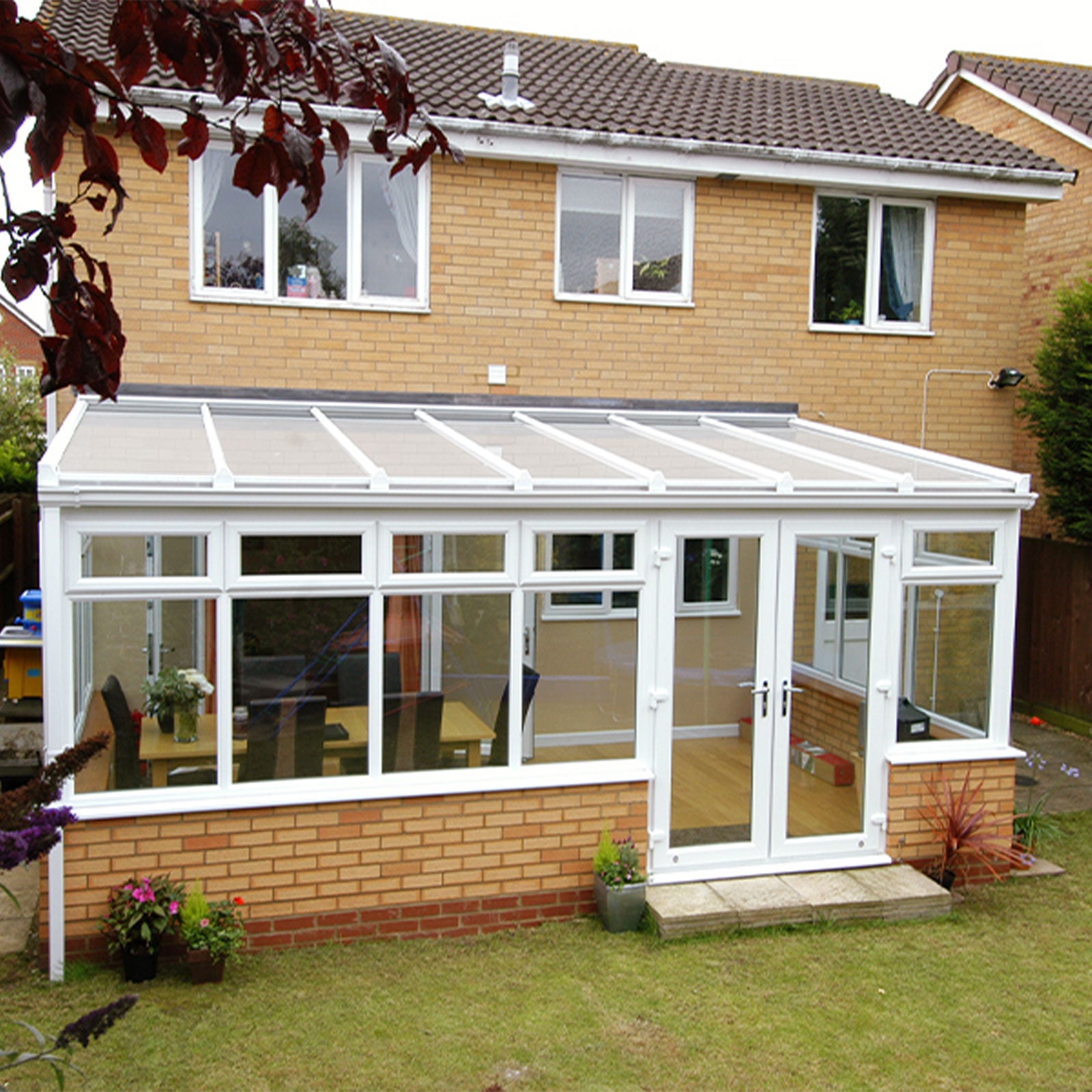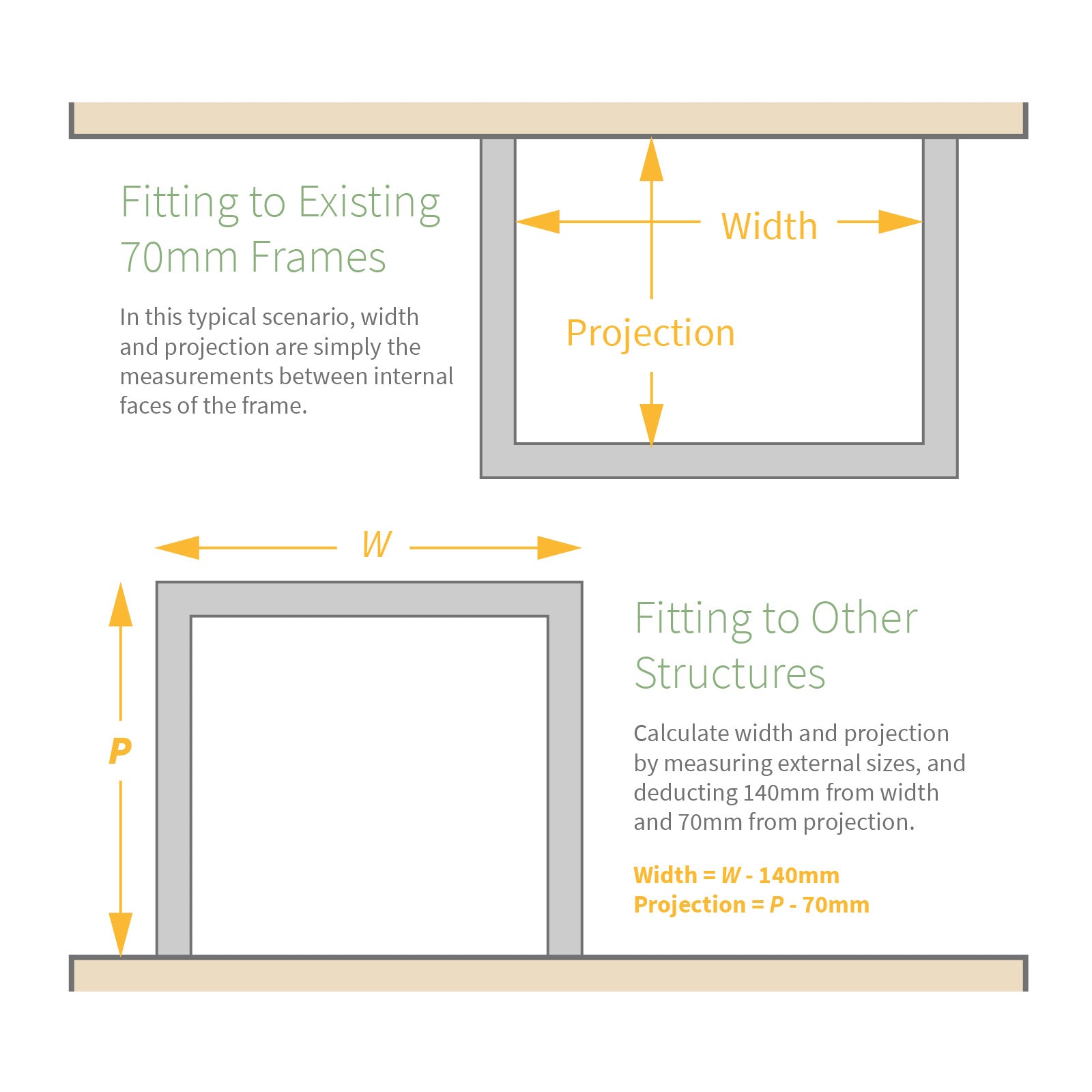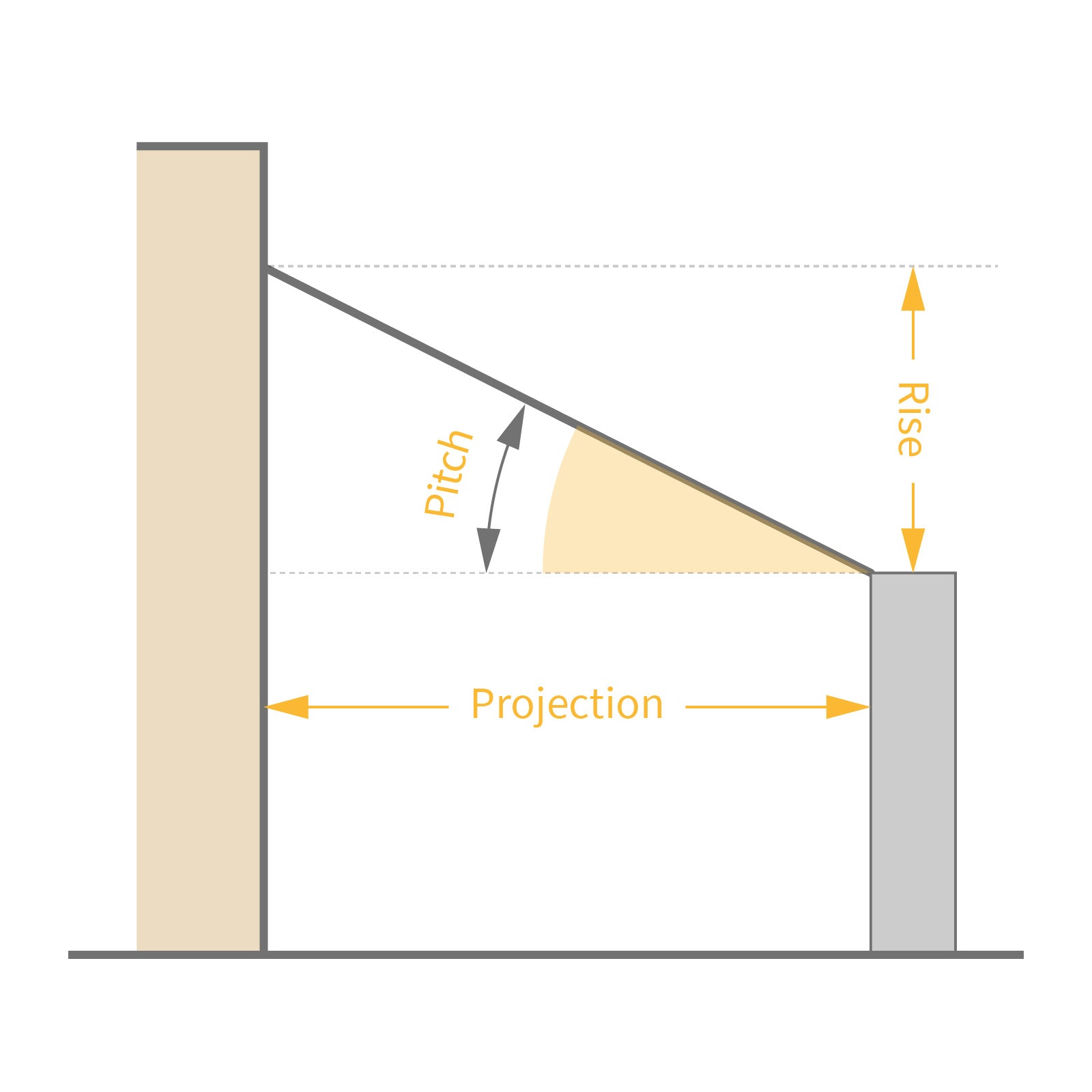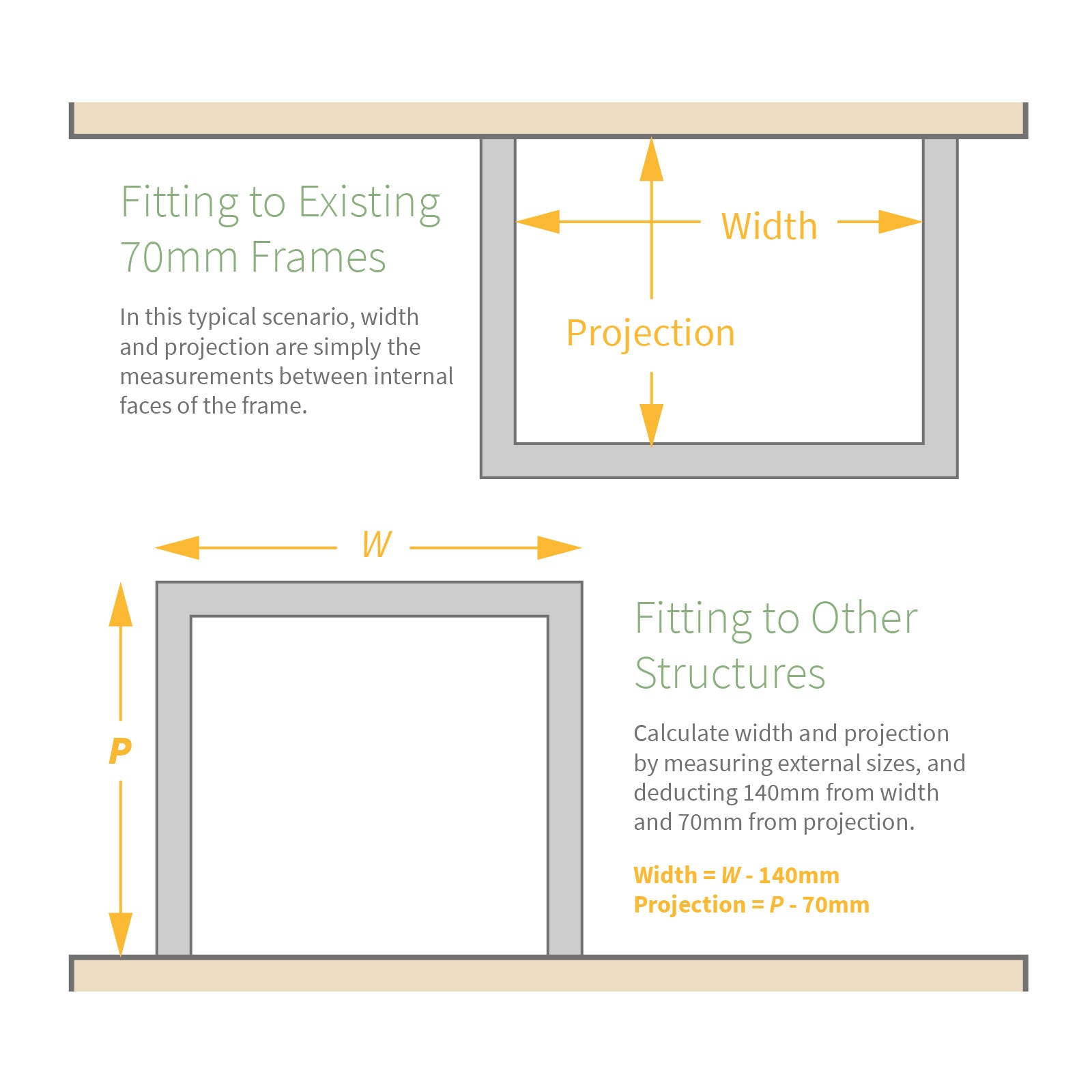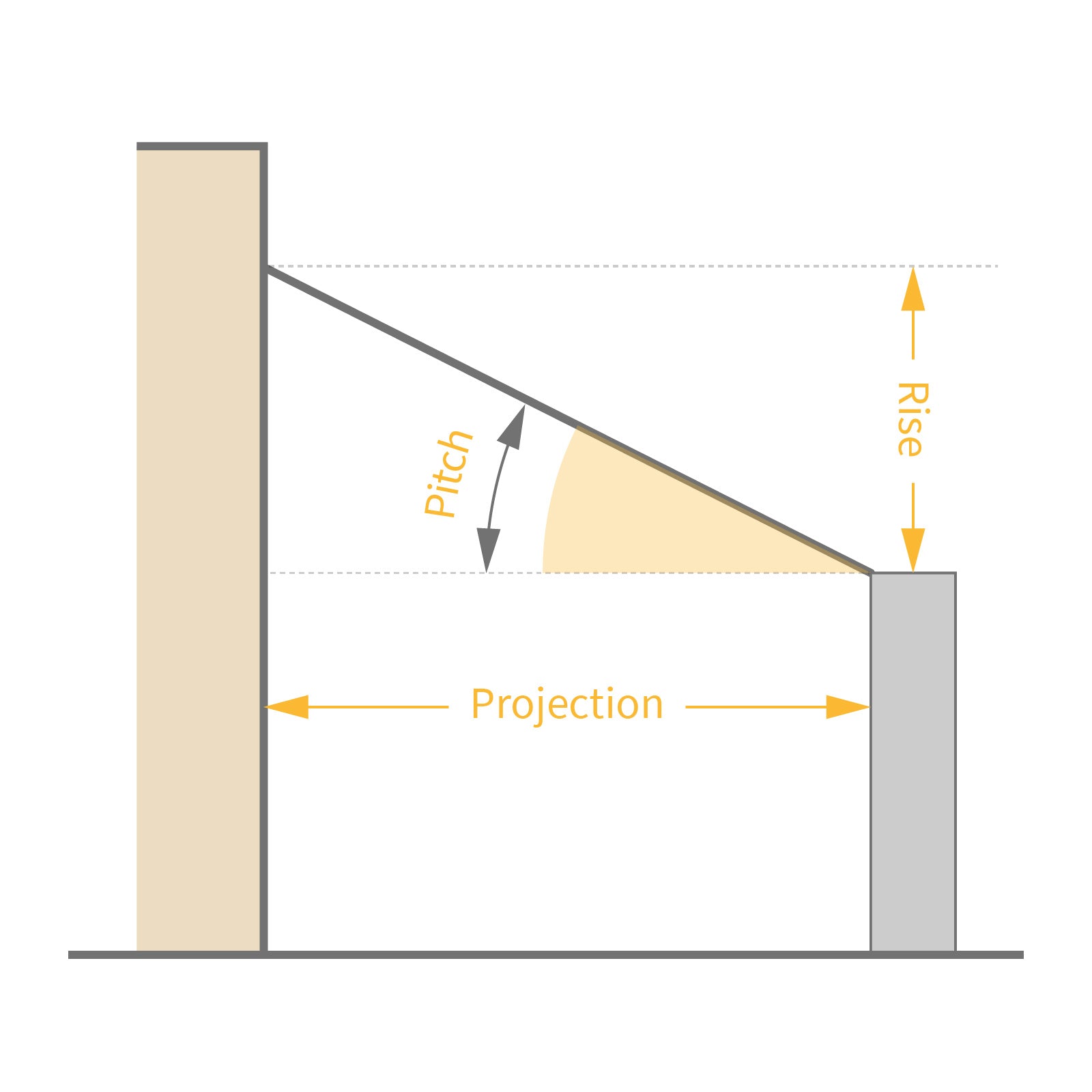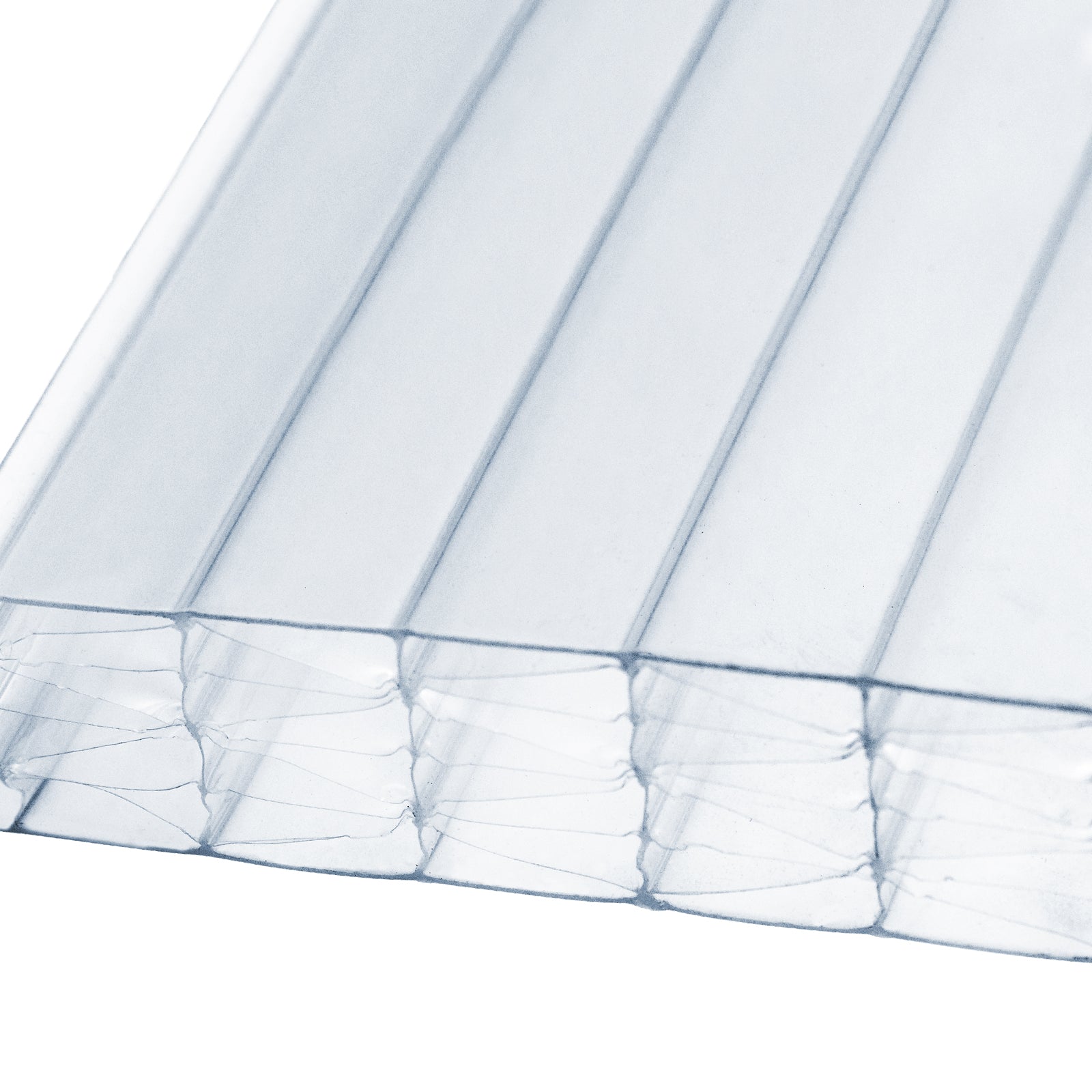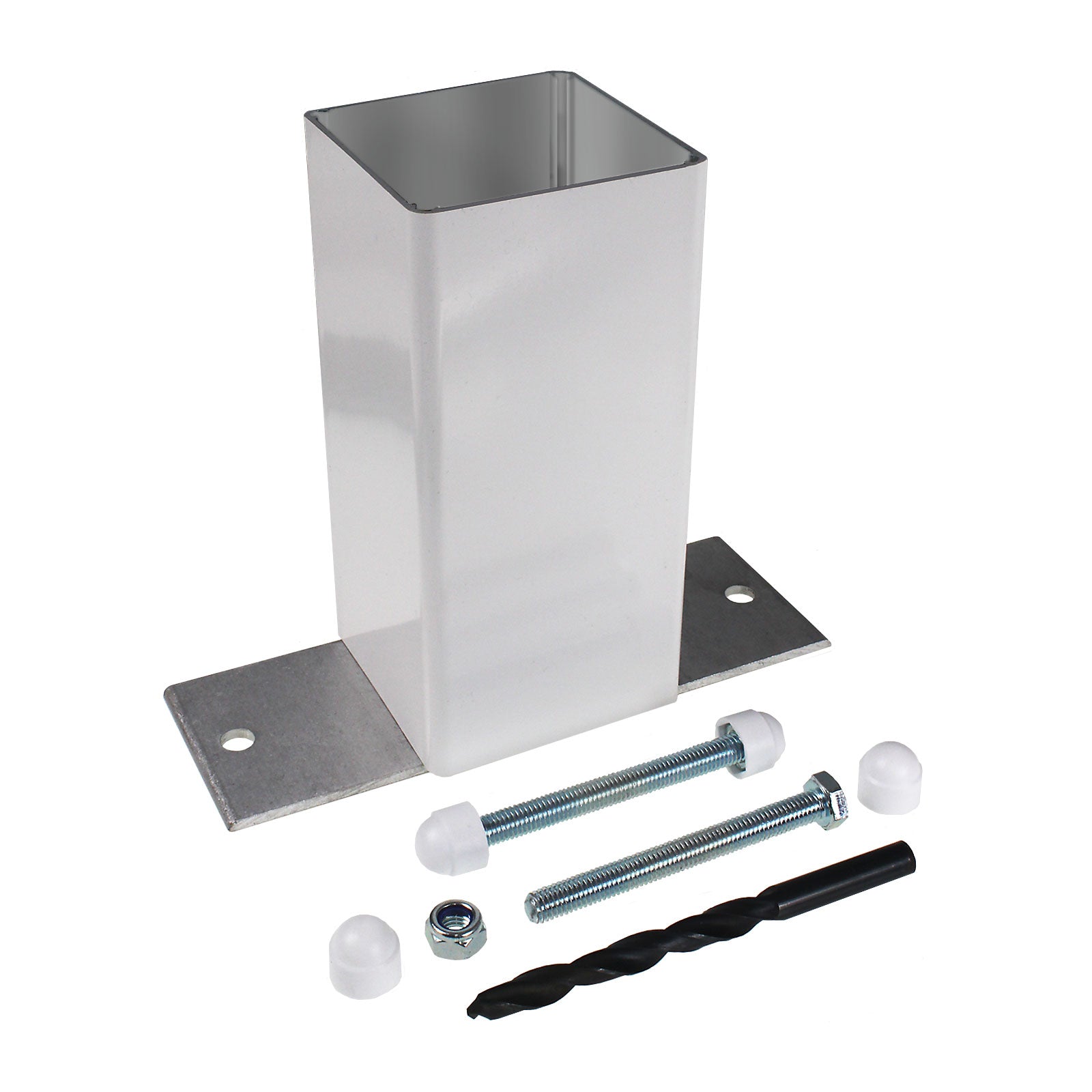
TruMAX PCRS - Polycarbonate Conservatory Roof System
Hassle-free lean-to conservatory and canopy roof!
Complete aluminium and uPVC lean-to roof system. Designed for ease of installation, and offered with ease of purchase. This fully-customisable polycarbonate roof, is a great choice for covering closed rooms, such as conservatories, and as a lean-to canopy alongside a property. Supplied unglazed, or with a polycarbonate sheet tint to suit your space.
TruMAX PCRS removes the hassle and confusion of ordering polycarbonate roof sheets with all associated components, by providing it all, cut-to-size, as a complete roof-in-a-box.
Features & Benefits
- Complete roof-in-a-box - all components included
- Outstanding thermal efficiency - balance heat and light
- Designed and built to last - quality materials, and engineering
- Pitch between 5° and 15° - adjustable wall plate and eaves
- High impact glazing - up to 200 times stronger than glass
- Environmentally friendly - made from recycled material
- Fire safety - Class 1 Spread of Flame Protection
- Supplied ready to fit - all parts cut to size
- 10-year warranty - a product you can trust
TruMAX PCRS makes it possible to online order a lean-to roof, with a wide range of structural and aesthetic options, simply and with confidence. The process is broken-down into easy-to-follow steps. However, experienced staff are on hand to clear up any uncertainty.
Did you know? The TruMAX PCRS polycarbonate roof system is manufactured here in the UK, from material recycled here in the UK. Every little helps.
TruMAX PCRS - Polycarbonate Conservatory Roof System
SKU: TRUMAXPCRS
MPN:
TRUMAXPCRS
In stock
Order within
for Same Day Despatch
Couldn't load pickup availability
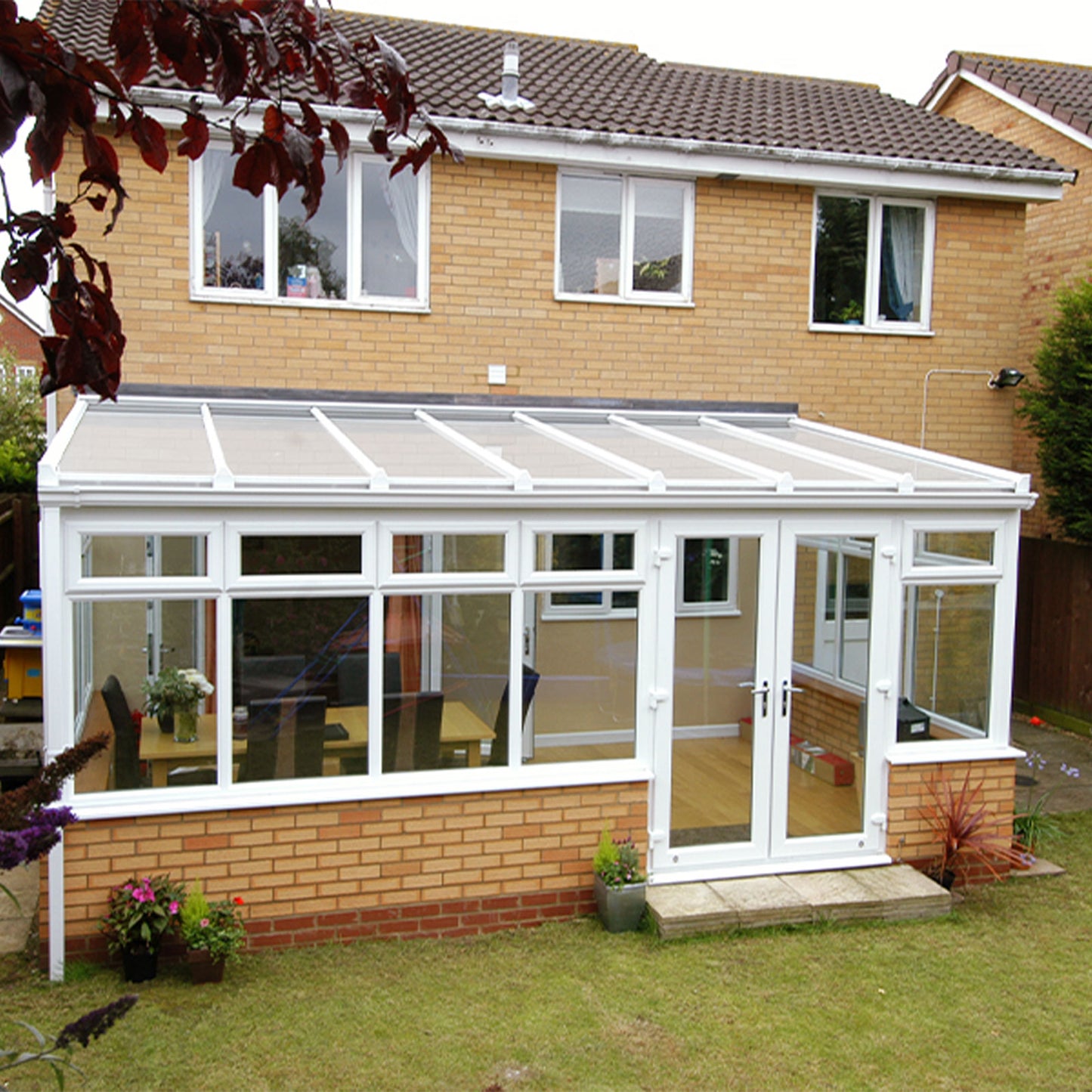
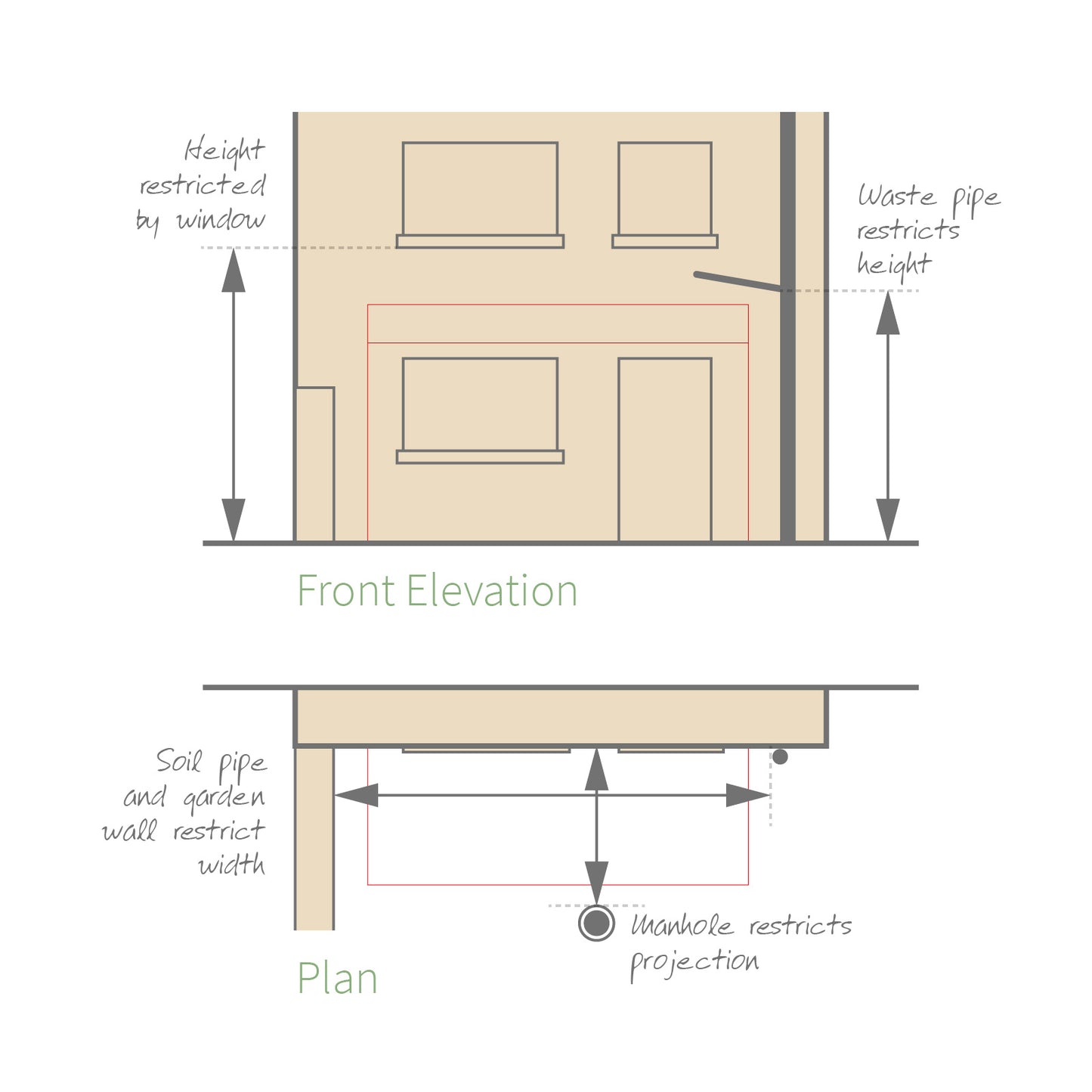
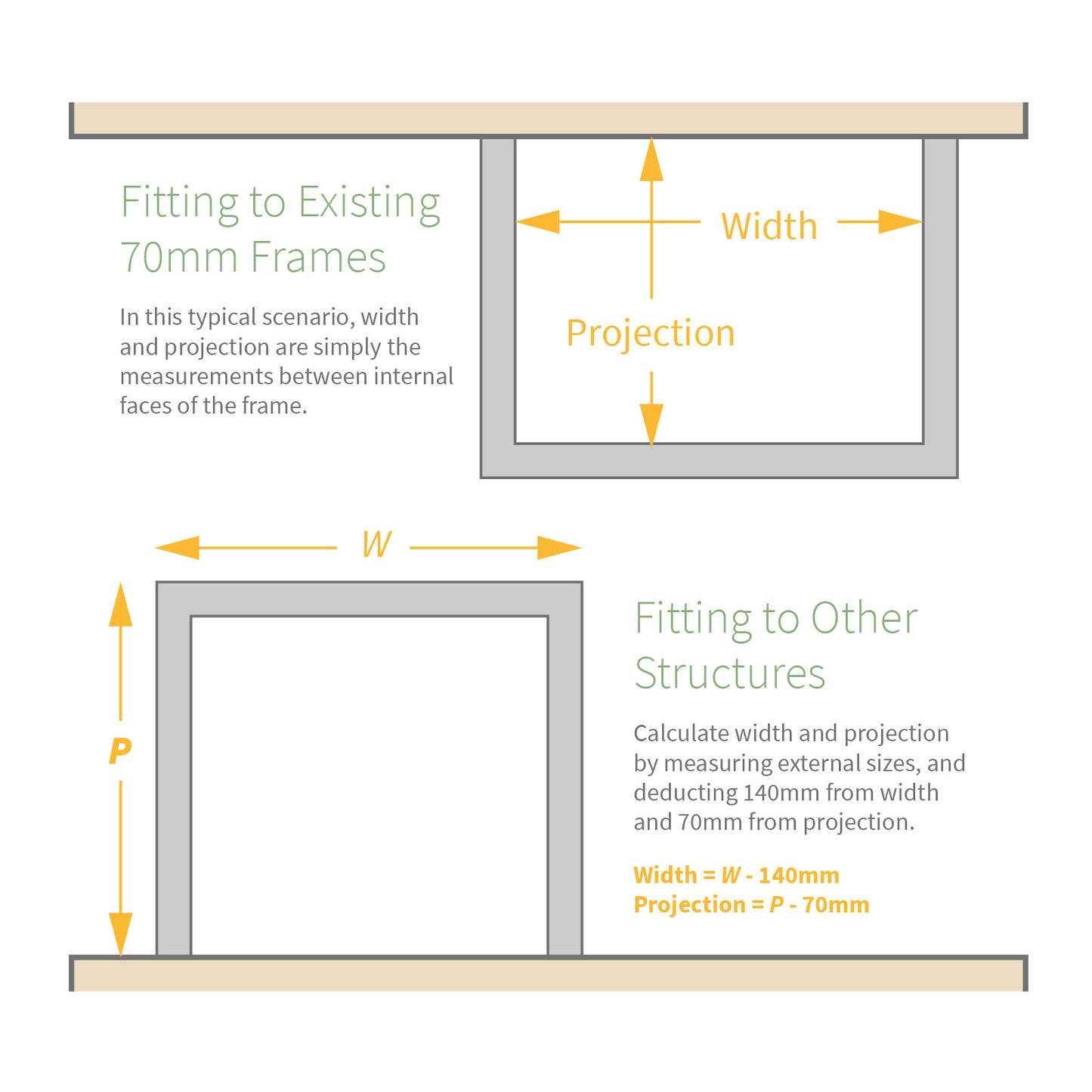
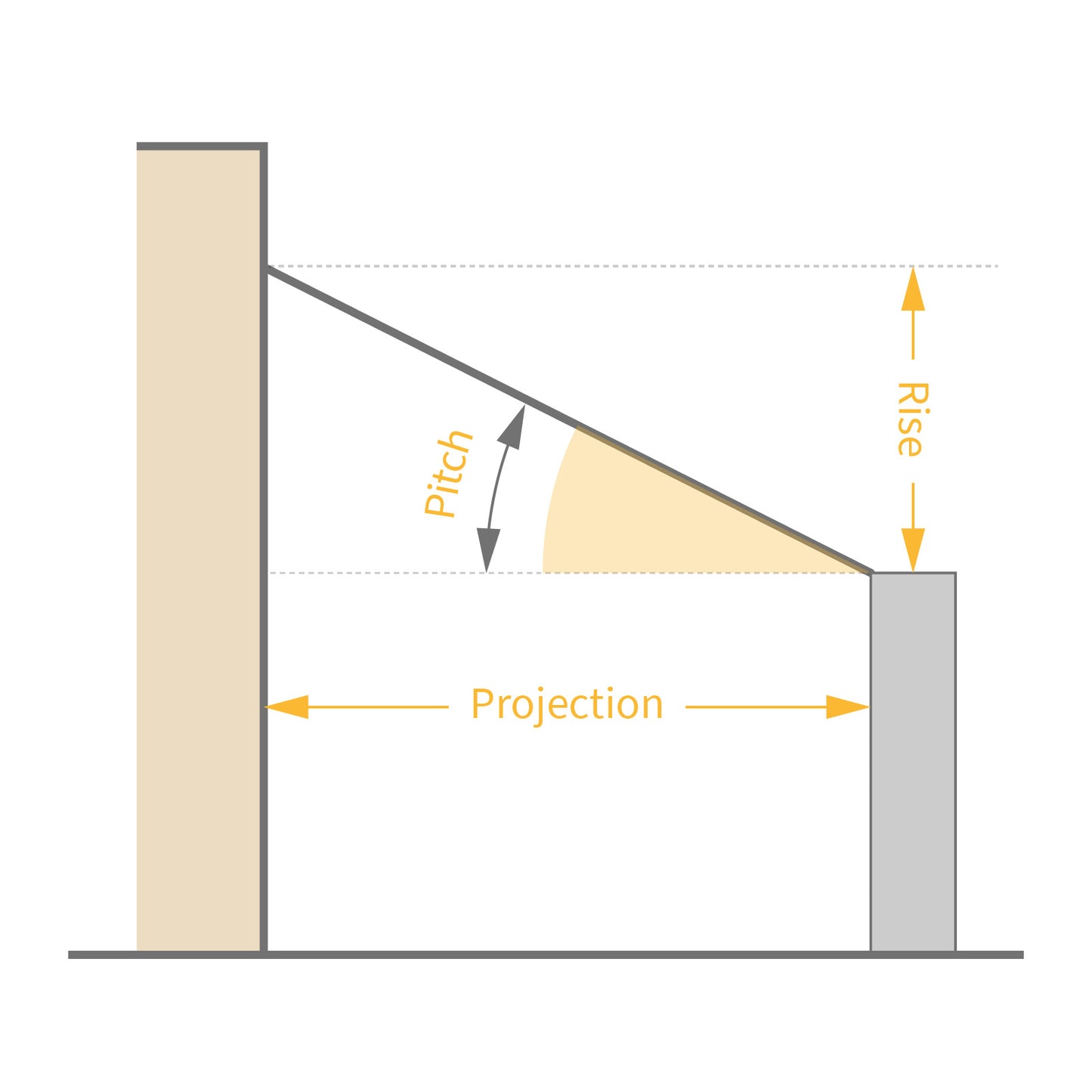
What's Included
Our complete polycarbonate roof system includes everything you'll need - all cut-to-size and ready to fit.
-
Wall Plate
Fixes to host wall to support glazing bar at the top. Strong aluminium with variable pitch support, glazing trim, plus PVC-u internal and external capping and end caps. Features deep flashing trim, giving overall height of 193mm. Suitable for 2.5° and 15° pitch.
-
Eaves Beam
Provides structural glazing bar support at the eaves. Aluminium box section with variable pitch support (2.5° to 45°), plus eaves beam seal for stopping draughts, reducing noice, and preventing water ingress. Includes PVC-u internal and external trims.
-
Intermediate Glazing Bars
Run down the slope from wall plate to eaves, and provide support and sealing between individual roof sheets. Tough aluminium extrusion, with attractive sculptured, gasketed cappings. Suitable for 25mm or 32mm polycarbonate sheets.
-
Starter Glazing Bars
Refers to first and last glazing bar. These only have glazing fitted to one side. Most roofs will be gable sided, and require a neat Gable Bar closure. However, some may abut another wall on either side, those sides require a Wall Bar instead.
-
Roof Glazing
Available unglazed, or glazed with multiwall polycarbonate sheets. There are choices of 25mm and 32mm sheet thickness, and Clear, Bronze, Bronze/Opal and Heatguard/Opal tints. Sheets will be supplied cut, taped and ready to fit.
-
Guttering
Fixes to the eaves beam to collect rainwater from the roof, and direct it outlet and into a downpipe. Tough PVC-u in choice of popular colours. Includes gutter, brackets, stopend and choice of outlets, plus downpipe and components.
-
Eaves Support Posts
Available with optional support posts for when used as a canopy without under eaves support. High-strength aluminium with durable powder-coated finish. Available in lengths of 2.25m and 3m, and supplied with eaves bracket and foot plate.
Glazing Tints
-
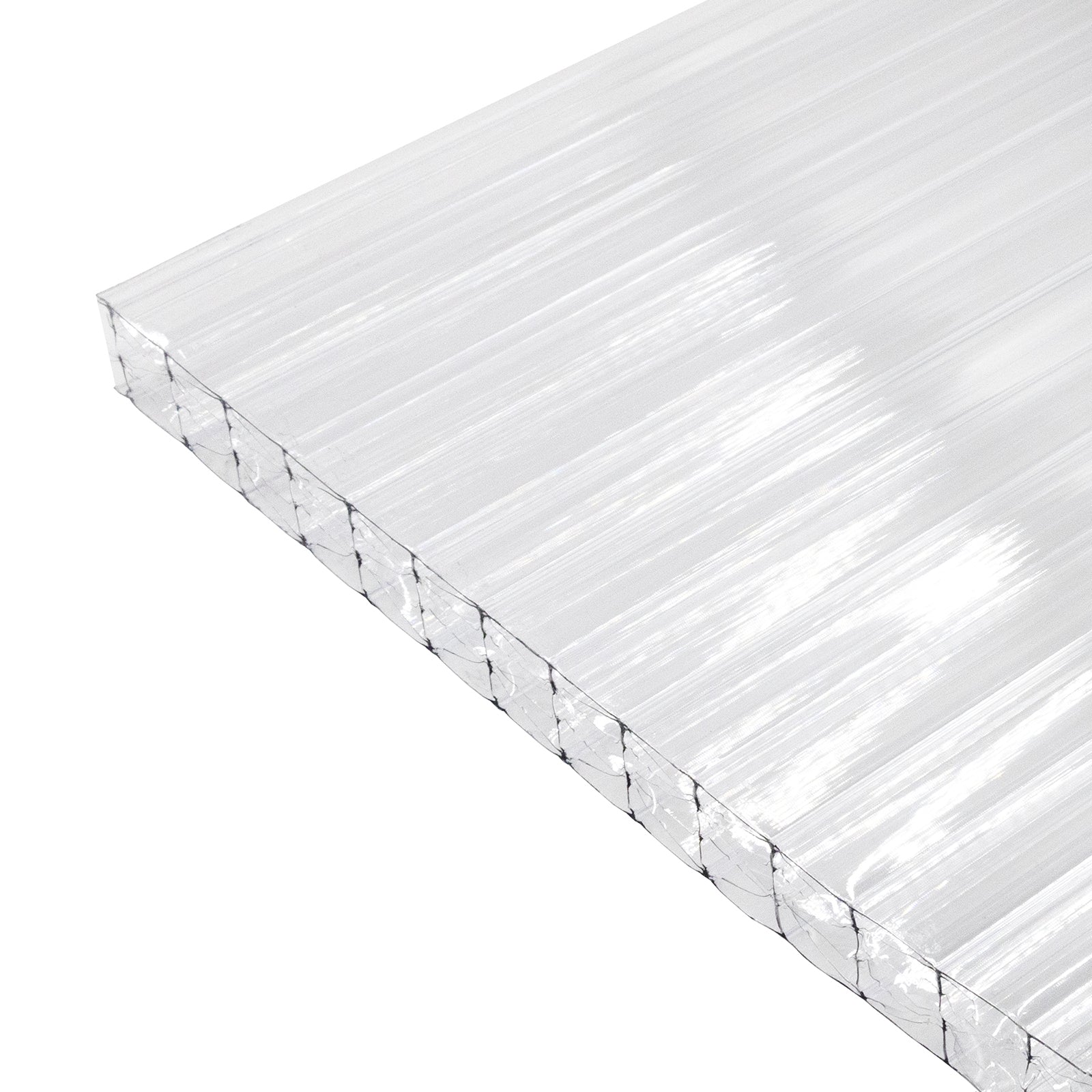
Clear
Maximises natural daylight and increases heat build-up. Commonly used on North-facing roofs that don't receive much direct sunlight.
.
Offers 68% light transmission and 0.75 shading coefficient in common 25mm thickness.
-
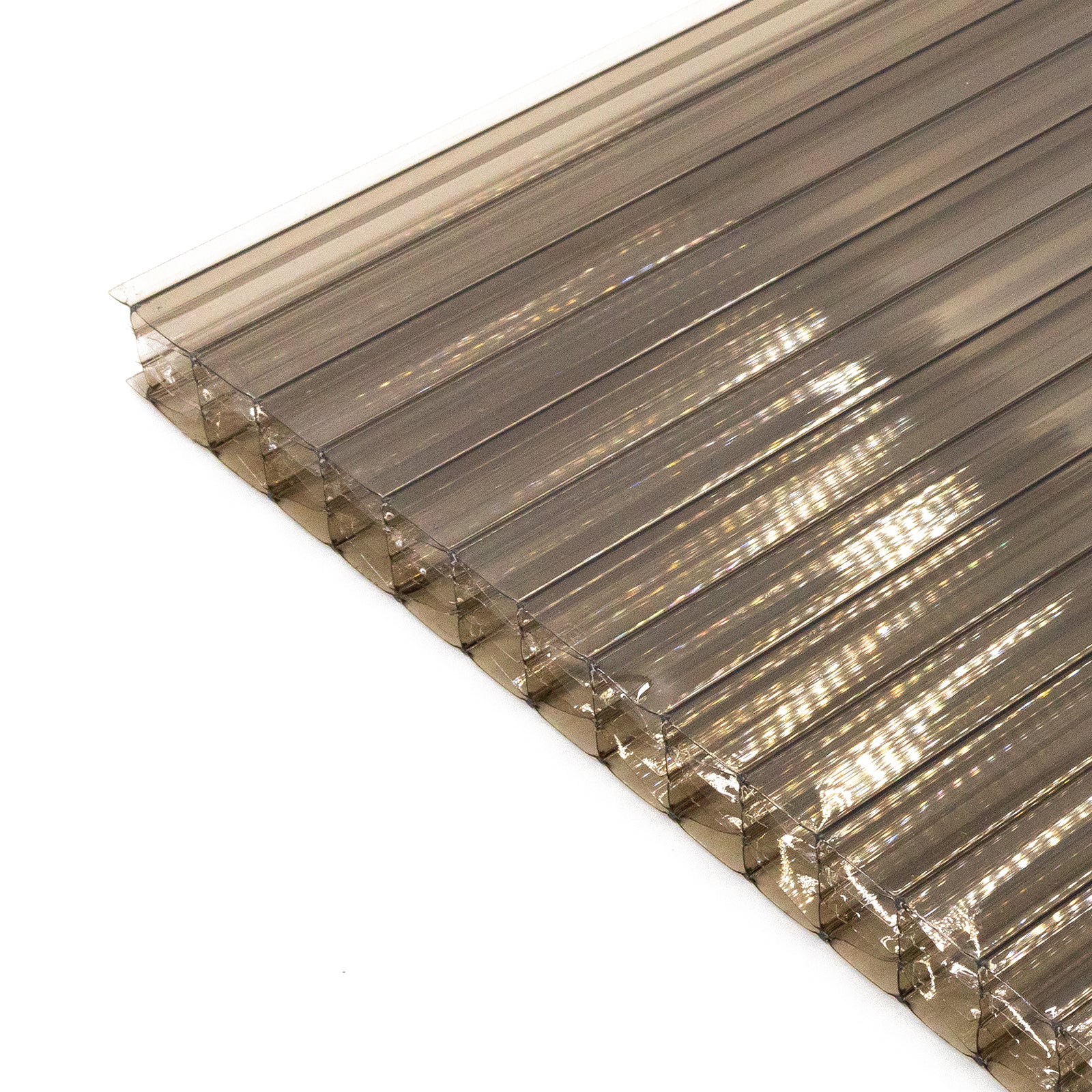
Bronze
Cooler internal temperatures and privacy screening. Commonly used on West-facing roofs to reduce heat build-up from afternoon sun.
.
Offers 15% light transmission and 0.45 shading coefficient in common 25mm thickness.
-
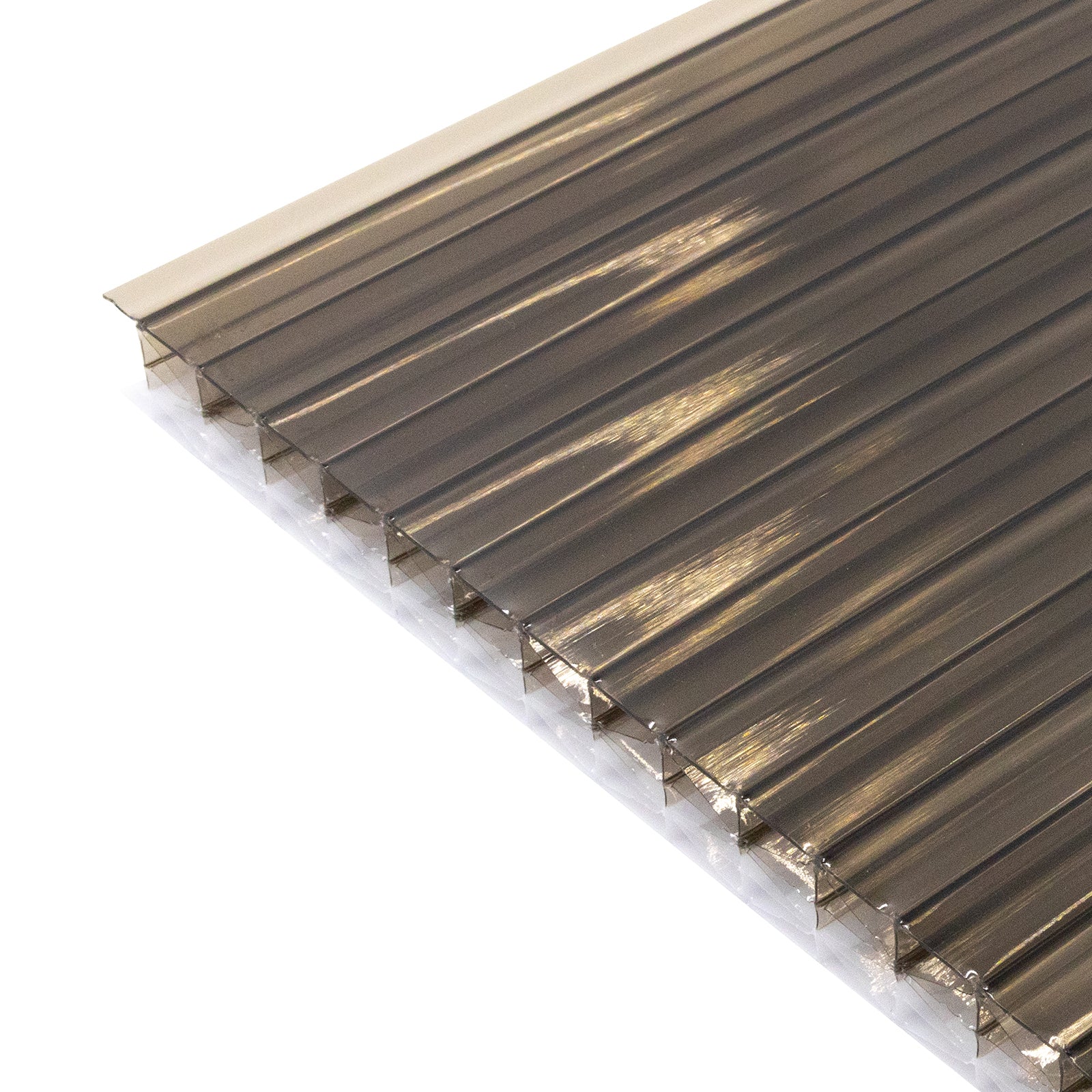
Bronze/Opal
Reduces heat build-up and offers a soft light quality. Commonly used for rooms requiring good solar control and a softer light quality.
.
Offers 8% light transmission and 0.45 shading coefficient in common 25mm thickness.
-
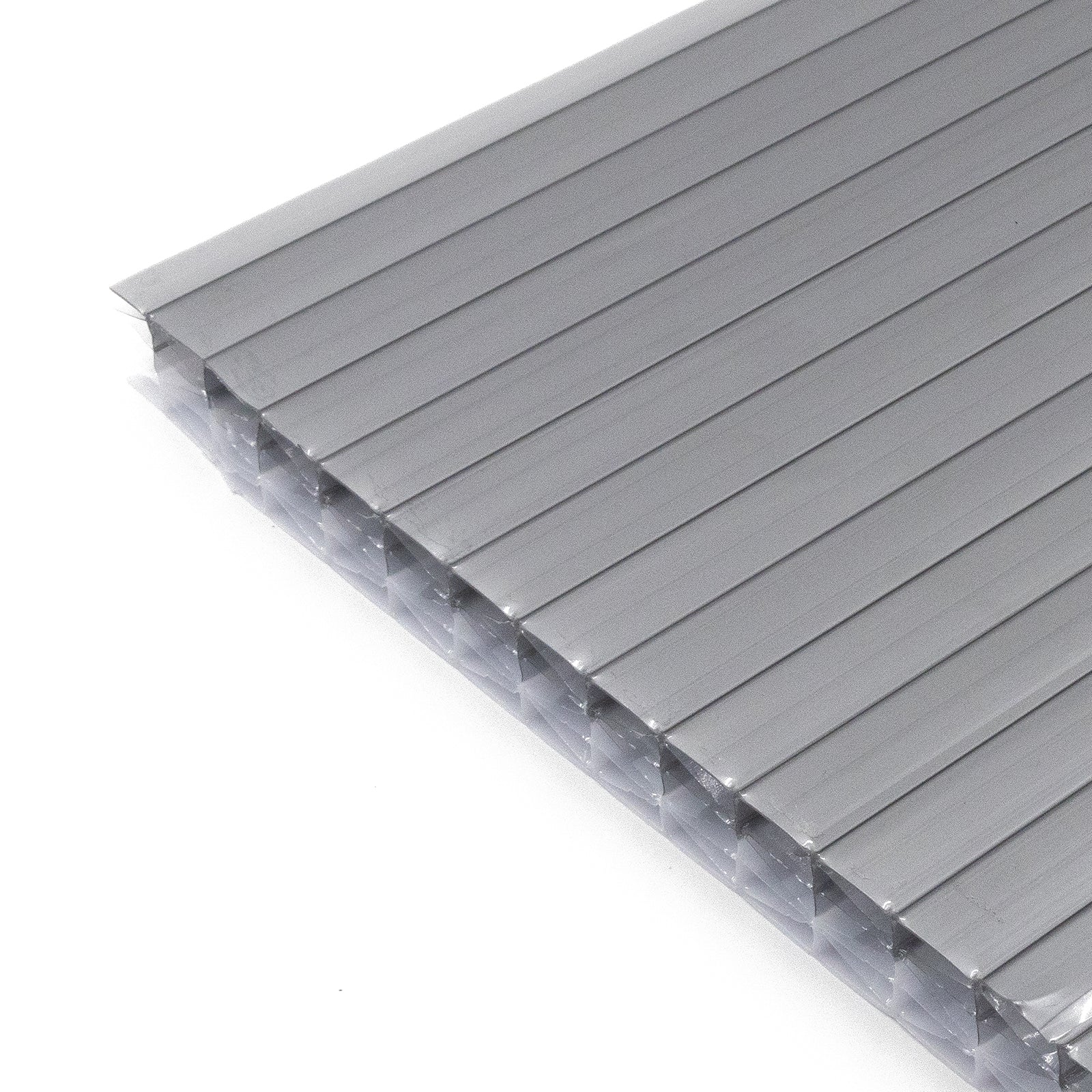
Heatguard/Opal
Pair text with an image to focus on your chosen product, collection, or blog post. Add details on availability, style, or even provide a review.
.
Offers 7% light transmission and 0.3 shading coefficient in common 25mm thickness.
How to Order
Order the TruMAX roof system with ease, through this website. To simplify the process, we have broken-down the key decisions, and provided explanation of each option. Every order is reviewed by our team, and confirm back to you prior to manufacture, to ensure that you get the roof you want.
Take a look at the following Technical Information, and our Surveying Guide, to better understand site considerations. See the FAQ at the bottom of the page for answers to common questions.
Technical Information
Manufacturing Considerations
| Specification | Detail |
|---|---|
| Roof Width | 1500mm to 6000mm |
| Roof Projection | 2000mm to 4000mm |
| Roof Pitch | 5° to 15° |
| Glazing Options | Unglazed, or 25mm and 32mm polycarbonate sheets |
| Polycarbonate Tints | Clear, Bronze, Opal, Bronze/Opal, Heatguard/Opal |
| Frame Colour (inside/outside) | White, Anthracite Grey, Rosewood, and Golden Oak |
| Guarantee | 10-year limited warranty against yellowing and weather breakage |
Polycarbonate Sheet Tints
| Specification | Detail | |
|---|---|---|
| Thickness | 25mm | 32mm |
| Structure | Fivewall | XX |
| Rib Spacing | 20mm | 16mm |
| Weight (Kg/m2) | 3.4 | 3.8 |
| U-value (W/M2k) | 1.6 | 1.4 |
Light Transmission
| Tint | Thickness | |
|---|---|---|
| 25mm | 32mm | |
| Clear | 68% | 64% |
| Bronze | 11% | 11% |
| Opal | 30% | 40% |
| Bronze/Opal | 8% | |
| Heatguard/Opal | 7% | |
*Light Transmission is measured against DIN 5036 standards.
Standards & Compliance
| Standard | Attainment |
|---|---|
| BS476 Part 7 Surface spread of flame | Tested and certified up to Class 1. |
Roof Pitch Calculator
Enter your Projection and Rise measurements, then click 'Get Pitch'. Simple!
Notes:
Projection is measured horizontally from host wall to inside face of front frames, if going on top of existing 70mm frames. Otherwise projection would be from host wall to external face of front support, minus 70mm.
Rise is a vertical measurement from top of front supporting frame to top of slope at host wall.
Delivering Your Roof
We are able to deliver polycarbonate and glass roof systems to most mainland postcodes, but quieter and more rural destinations may have a longer time in transit. Expected delivery date shall be advised in our order confirmation back to you.
-
Receiving Delivery
- Drivers will help offload from the vehicle, but the recipient is responsible thereon.
- At least one person is required to receive delivery. We recommend two able-bodied people for larger roofs, and those with glass units, .
- Aluminium and PVC-u extrusions may be wrapped together for protection during transit.
- Pads or shrink-wrapping may be applied to protect glass units and roof sheets.
- Check carefully to ensure you have expected components, and that they match your order.
- We handle with care, but edges and corners are vulnerable. Check for damage, and inform the driver if you spot any flaws.
- A redelivery cost may be charge if unable to receive delivery on agreed day.
-
Storing and Handling
- Glass handling gloves should be worn to reduce the likelihood of cuts, and slippage.
- Leave any pad or shrink-wrap protection in place until installation.
- Store in a clean, dry, ventilated space, away from direct sunlight and heat sources.
- Do not lay glass horizontally. Stand on edge between 3° and 6° from vertical.
- Prevent bowing by ensuring that the back of glass and polycarbonate sheets are well supported.
- To avoid staining, separate and dry thoroughly if moisture is spotted between stacked units.
- Polycarbonate sheet are lightweight, but double-glazed units weight between 20 and 30 kg per square metre. Take great care when handling roofing materials and glazing.
FAQs
What is Light Transmission and is it important?
What is Shading Coefficient?
Shading Coefficient (SC) measures how much solar heat can transmits through the roof glazing. The higher the figure, the more heat is allowed to pass through.
High Shading Coefficient glazing helps to warm a room naturally in cooler months (reducing energy bills), and allows more natural light. However, rooms can become uncomfortably hot, requiring the use of fans, air conditioning, or blinds, and the increased UV rays can fade furniture. North-facing and shaded roofs might benefit from high shading coefficient glazing.
Low Shading Coefficient glazing reduces overheating in the summer, reduces reliance on fans etc., and helps protect interiors from UV damage. However, rooms may receive less natural light, and require more heating during colder months. South-facing roofs will likely benefit from low shading coefficient glazing.
Does a lean-to need planning permission?
Conservatories smaller than 30m2 don't normally require Planning Permission. However they must comply with IEE and Building Regulations.
